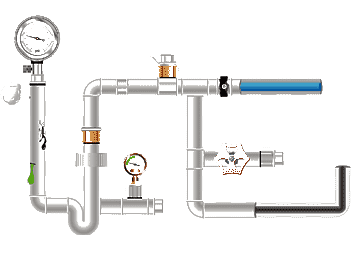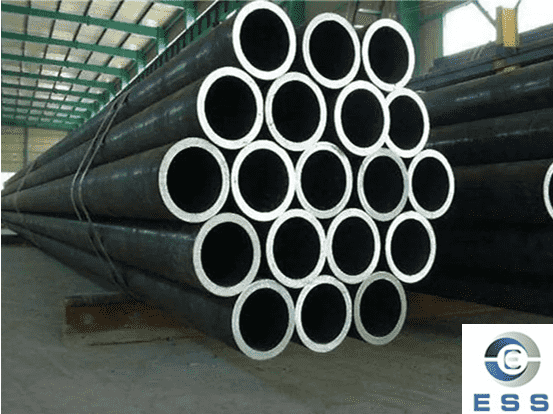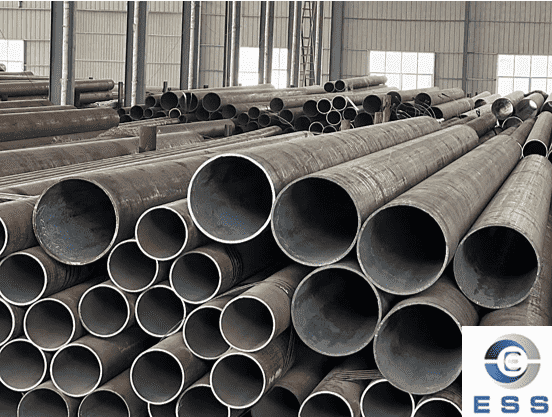ASTM A106 /
ASME SA106 steel pipes are seamless
carbon steel pipes for high-temperature applications (up to 750 degrees
Fahrenheit). These pipes are widely used in industries such as oil and gas,
petrochemicals, power generation, and shipbuilding (e.g., refineries,
downstream units, ships, boilers, and towers). A106 steel pipes are particularly
suitable for conveying fluids at high temperatures or high pressures (or both).
Seamless carbon steel pipes are seamless
pipes manufactured through piercing and hot rolling/cold drawing
processes, primarily using carbon steel as the raw material. Compared to welded
pipes, seamless pipes offer higher strength and pressure resistance,
making them suitable for high-temperature, high-pressure, and corrosive
environments. ASTM A106 is the most common standard for high-temperature
applications.
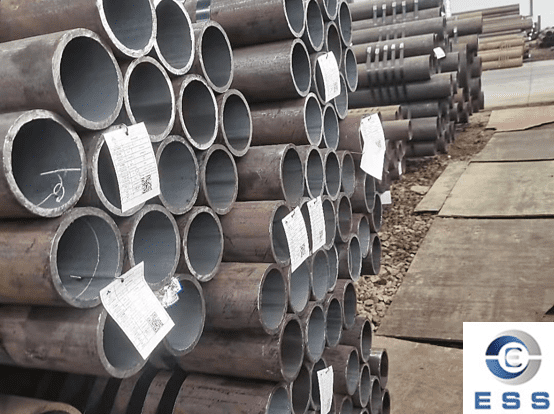
ASTM A106 Standard Overview
The ASTM A106 standard (equivalent to ASME
SA106) covers nominal size NPS 1/8" to 48" steel pipe.
Seamless carbon steel pipe temperature
range is up to 750°F (approximately 400°C) (in continuously operating piping systems).
Key characteristics include:
1. Manufacturing Method
Hot-rolled or cold-drawn.
2. Length Supply
Single random length (17–24 ft) or double random length (36–44 ft).
3. Wall Thickness Grades
Schedule 10 to Schedule 160 (even down to
XXS).
Small diameter (≤ NPS 1.5) seamless carbon steel pipes can be manufactured using cold-drawing or
hot-rolling processes, while large diameter (≥ NPS 2)
seamless carbon steel pipes are mostly manufactured using hot-rolling
processes.
Manufacturing Process
1. Steelmaking Process
Electric furnace or converter steelmaking
is primarily used, with precise control over the amount of each element added.
Combined with ladle refining, harmful gases and impurities are removed from the
molten steel to obtain high-purity steel with accurate composition.
2. Rolling Process
After the molten steel is cast into
billets, it is heated and pierced, then rolled in multiple passes. Strict
control of rolling temperature, speed, and deformation ensures finer grains and
a more uniform microstructure, resulting in high dimensional accuracy and
excellent overall performance of the pipe.
3. Heat Treatment Operation
Depending on the grade and application,
normalizing and tempering are used. Normalizing refines the grains and improves
the microstructure; tempering eliminates internal stress and adjusts hardness.
Both work synergistically to improve the high-temperature mechanical properties
of the steel pipe.
ASTM A106 Seamless Carbon Steel Pipe: Material
Grade
In terms of material grade, A106 seamless
carbon steel pipes are divided into three grades: A, B, and C. Among them:
1. ASTM A106 Gr.A
Grade A has relatively lower strength
requirements, with a maximum carbon content of 0.25%;
2. ASTM A106 Gr.B
Grade B is widely used, offering a good
balance of overall performance, with a maximum carbon content of 0.30%;
3. ASTM A106 Gr.C
Grade C has higher standards in terms of
strength and toughness, with a maximum carbon content of 0.35%, enabling it to
withstand more demanding high-temperature and high-pressure environments.
ASTM A106 Seamless Carbon Steel Pipe: Chemical
Composition
|
Chemical composition, %
|
|
Element
|
C
|
Mn
|
P
|
S
|
Si
|
Cr
|
Cu
|
Mo
|
Ni
|
V
|
|
max
|
max
|
max
|
min
|
max
|
max
|
max
|
max
|
max
|
|
|
|
A106 Grade A
|
0.25
|
0.27-0.93
|
0.035
|
0.035
|
0.10
|
0.40
|
0.40
|
0.15
|
0.40
|
0.08
|
|
A106 Grade B
|
0.30
|
0.29-1.06
|
0.035
|
0.035
|
0.10
|
0.40
|
0.40
|
0.15
|
0.40
|
0.08
|
|
A106 Grade C
|
0.35
|
0.29-1.06
|
0.035
|
0.035
|
0.10
|
0.40
|
0.40
|
0.15
|
0.40
|
0.08
|
ASTM A106 Seamless Carbon Steel Pipe: Mechanical
Property
|
ASTM A106 pipe
|
Grade A
|
Grade B
|
Grade C
|
|
Tensile Strength, min., psi
|
48,000
|
60,000
|
70,000
|
|
Yield Strength, min., psi
|
30,000
|
35,000
|
40,000
|
ASTM A106 Seamless Carbon Steel Pipe: Dimensions and Tolerancing
1. Outer Diameter Tolerance
±0.4 mm to ±4.8 mm
(depending on size range)
2. Wall Thickness Tolerance
Not less than 12.5% of the nominal wall thickness
3. Weight Tolerance
Not exceeding +10% or -3.5%
These dimensional accuracy requirements
ensure that seamless carbon steel pipes provide good sealing and safety during
pressure system installation.
ASTM A106 Seamless Carbon Steel Pipe: Inspection and Testing Requirements
|
Test Item
|
Scope
|
Frequency
|
|
Tensile Test
|
All specifications
|
At least 1 sample per batch
|
|
Flattening/Bending Test
|
NPS 2–5
|
Samples per 400 pieces
|
|
Hydrostatic Test
|
All steel pipes
|
Test each piece individually
|
|
NDT
|
Ultrasonic, X-ray, magnetic particle, or
penetrant testing
|
As per customer requirements or ASME
standards
|
ASTM A106 Seamless Carbon Steel Pipe: Application Scenarios
1. Power Plant Boilers
From main steam pipelines to feedwater
pipelines, seamless carbon steel pipes, with their high temperature and high
pressure resistance, ensure the stable production and delivery of
high-temperature steam in power plant boilers, maintaining a smooth power
generation process.
2. Petrochemical Industry
In petroleum refining and chemical
production, seamless carbon steel pipes are the core material for pipeline
systems used to transport high-temperature, high-pressure oil, gas, and
chemical raw materials, and must withstand complex chemical corrosion and
physical impact.
3. Industrial Thermal Systems
ASTM A106 seamless carbon steel pipes are
used in factories to transport high-temperature steam and hot water, providing
a continuous source of heat for industrial production processes.
FAQ
1. What Is The Difference Between ASTM A106
And ASTM
A53?
Although both are carbon steel pipe
standards, their applications differ:
A106: Suitable for high-temperature,
high-pressure fluid transportation (such as boilers and heat exchangers).
A53: Primarily used for low-temperature or
ambient-temperature water, gas, and air transportation systems.
2. Are ASTM A106 Equivalent to European Standards
Such As EN 10216-2 And DIN 17175?
Yes, the approximate correspondences are as
follows:
EN 10216-2 P235GH / P265GH ≈ ASTM A106 Grade B
DIN 17175 ST35.8 / ST45.8 ≈ ASTM A106 Grade A / B
These standards are all used for the
production of high-temperature carbon steel seamless pipes, but the testing
requirements and chemical limits differ slightly.
3. What Are Common Alternative Materials for
ASTM A106 Seamless Carbon Steel Pipes?
Common alternatives under different
standard systems include:
API 5L Gr.B / X42
EN 10216-2 P265GH / 20MnNb6
GB 5310 20G
JIS G3456 STPT410 When selecting
alternative high temperature piping materials, a comprehensive evaluation
should be conducted based on the operating temperature, pressure rating, and
international certification requirements.
Conclusion
ASTM A106 seamless carbon steel pipe, with
its excellent high-temperature resistance, weldability, and structural
stability, is an irreplaceable standard material in the field of
high-temperature fluid transportation. Whether in power plants, petrochemical
plants, or marine systems, A106 pipe can provide long-term, stable safety
assurance. Choosing products that meet ASTM/ASME certification requirements can
effectively extend the life of piping systems and reduce operating and
maintenance costs.
Read more: What
Is The Heat-resistant Temperature of Carbon Steel Pipe? Or What
Is The Low-temperature Use Range of Carbon Steel Pipe?









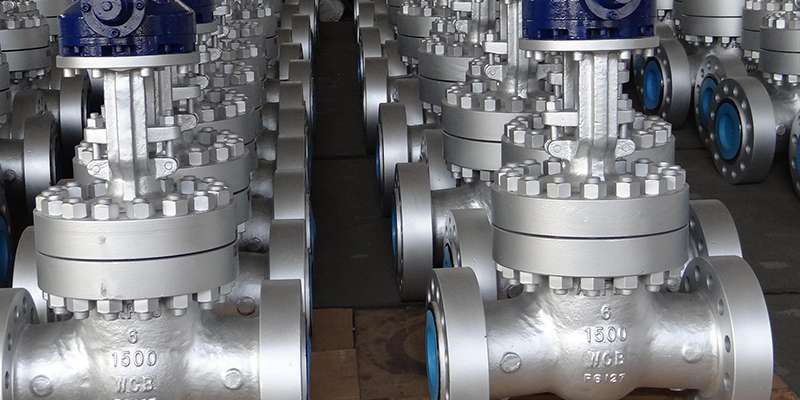



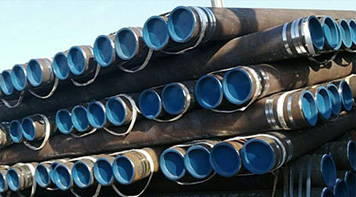 Eastern Steel Manufacturing Co.,Ltd not only improve product production and sales services, but also provide additional value-added services. As long as you need, we can complete your specific needs together.
Eastern Steel Manufacturing Co.,Ltd not only improve product production and sales services, but also provide additional value-added services. As long as you need, we can complete your specific needs together.
